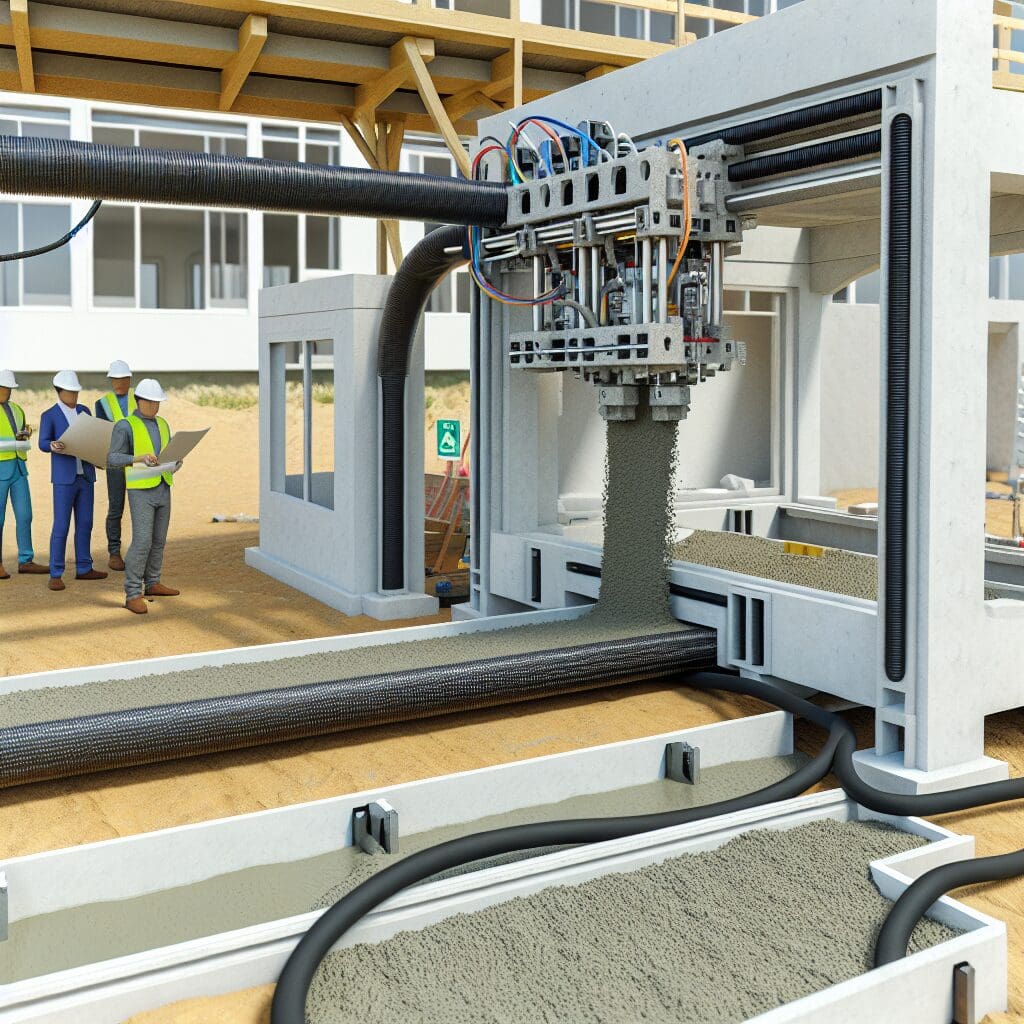Experts at the University of Virginia have unveiled a groundbreaking 3D concrete printing method that promises to change the landscape of sustainable construction. As the demand for environmentally responsible building practices increases, this innovative technique offers a practical solution to reduce waste and lower carbon footprints.
Traditional construction methods generate a significant amount of waste, often leading to detrimental environmental impacts. The new 3D concrete printing process not only minimizes waste but also utilizes eco-friendly materials, ensuring a more sustainable approach. By layering concrete with precision, the technology enables the creation of complex structures that were previously difficult to achieve through conventional means.
One promising feature of this method is its capacity to reduce the amount of concrete required, which is vital given that cement production accounts for nearly 8% of global carbon dioxide emissions. The 3D printing technique allows for the optimization of material usage through a process known as digital fabrication, where structures can be built with exactly the right amount of material needed. This efficiency paves the way for a reduction in resource consumption and demonstrates the potential for achieving significant energy savings.
Moreover, the adaptability of the 3D printing method means it can be tailored to meet the specific needs of various construction projects, from residential homes to large-scale infrastructures. For instance, the ability to create bespoke designs with minimal waste can attract clients seeking unique architectural solutions without compromising sustainability.
This innovation reflects a growing trend in the construction industry: the shift towards greener practices and materials. As more construction firms look to incorporate sustainable solutions, the adoption of advanced technologies like 3D concrete printing will likely gain momentum.
In conclusion, the University of Virginia’s advancements in 3D concrete printing stand to make a lasting impact within the realm of sustainable construction. By championing eco-friendly practices and reducing material waste, this method not only enhances efficiency but also contributes significantly to the global efforts against climate change. Stakeholders in the construction sector should recognize and invest in such innovations, as they represent the future of responsible building practices.












